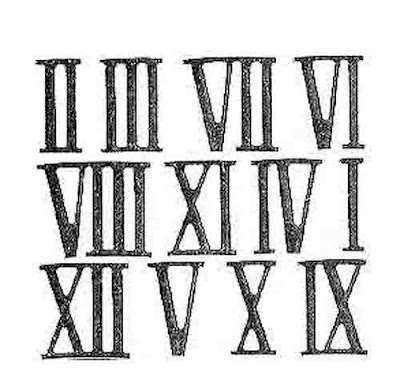Today was our first day in contextual class. Its all about history of graphic design. Everything in graphic design has their history.
Graphic design visual communicatin has 6 important things such as typography, design thinking, drawing or illustration, layouts, DI, and presentation. Those things has their own history.
Lets begin on typography first.
On Paleolithic era, people's ability on communication was found on the cave (the first one were from north america and french)
| the first proof about people's ability on communicate was found on the cave. the background why they made cave paintings because they just want to tell and gave information. |
| Venus vu Willendorf is trusted as the oldest sculpture |
After that on Mesopotamian era, people made a symbol. Its for counting for example how many lamb that Adam had? Like that.
On Egypt era, people use some symbol to communicate with God. It called Hieroglyphs.
 |
| Hieroglyphs are written in rows or columns and can be read from left to right or from right to left. You can distinguish the direction in which the text is to be read because the human or animal figures always face towards the beginning of the line. Also the upper symbols are read before the lower. |
Some people said that each letter was based on the sound. For example A from the bird sound maybe like "A.. A.." hehehe
The modern alphabet comes from roman alphabet. They also used grid so it looks neat.
|
illuminated manuscript:
On this era, books and everything has ornaments. The first letter of a story was bigger and decorated.
Each printer has different colour. For example the first one is blue then red and so on.
Photography
| The first photograph by Joseph Niepce |
Printing
- Ukiyo-e means "pictures of the floating world" and defines an art movement of japan's tokugawa period (1603-1867)
- Ukiyo-e blended the realistic naratives of Emaki (traditional picture scrolls) with influences from decorative design arts.
- The earliest ukiyo-e works were screen paintings depicting the entertainment district
| Most of Ukiyo-e are about women, beauty, flower, bird, having fun, and entertainment district. Why bird? Because bird represents freedom and freedom is beautiful. |
Japanese woodblock prints were a careful collaboration between publisher, artist, block-cutter, and printer. Here are some figures of ukiyo-e:
1. Hishikawa Moronobu
is widely respected as the first master of ukiyo-e print. Moronobu became a book illustrator who used chinese woodcut techniques and reach large number of audiences
2. Okumura Masanobu
was one of the first fine artist that use 2 colours printing
3. Kitagawa Utamaro
he was called the supreme poet of Japanese print, most of his work was based on beauty (women, flower, birds)
4. Katsushika Hokusai
most renowned ukiyo-e artist, produce 35.000 works.
5. Ando Hiroshige
sas last great master of the japanese woodiest great rival of hokusai
Art Nouveau:
Background
- Art nouveau was an international decorative style that thrived during the 2 decades (1890-1910)
- works includes design art such as architecture, furniture, product design, fashion, posters, packages, advertisements
- it that based on organic, plant-like lines, women, birds (peacock)
- art nouveau is the transitional style that evolved from the historicism that dominated design for most of 19th century. Art nouveau became the initial phase of the modern movement
- Modern architecture, graphic, and industrial design, surrealism, and abstract art have roots in art nouveau's theory and concept
| A.N. Fashion and architecture |
Art Nouveau for Graphic Design
- A.N. (Art Nouveau) as a eceryday job for graphic designer and illustrator
- Transition from victoriaan graphics to a.n. was gradual one, artist like Jules Cheret (1836-1933){father of the modern poster} and Eugene Grasset (1841-1917){graphic design}, played important role in the transition of art movement.
1. Jules Cheret
Moulin rouge is the famous one.
| Jules Cheret |
2. Eugene Grasset
5. Dudley Hardy
For the homework, i tried to make my 1st week artwork:
Then, I use a marker for the outline
I started to colour it with coloured pencil
Then i continued making the hieroglyphs. Guess what's the meaning of mine ;-P































No comments:
Post a Comment